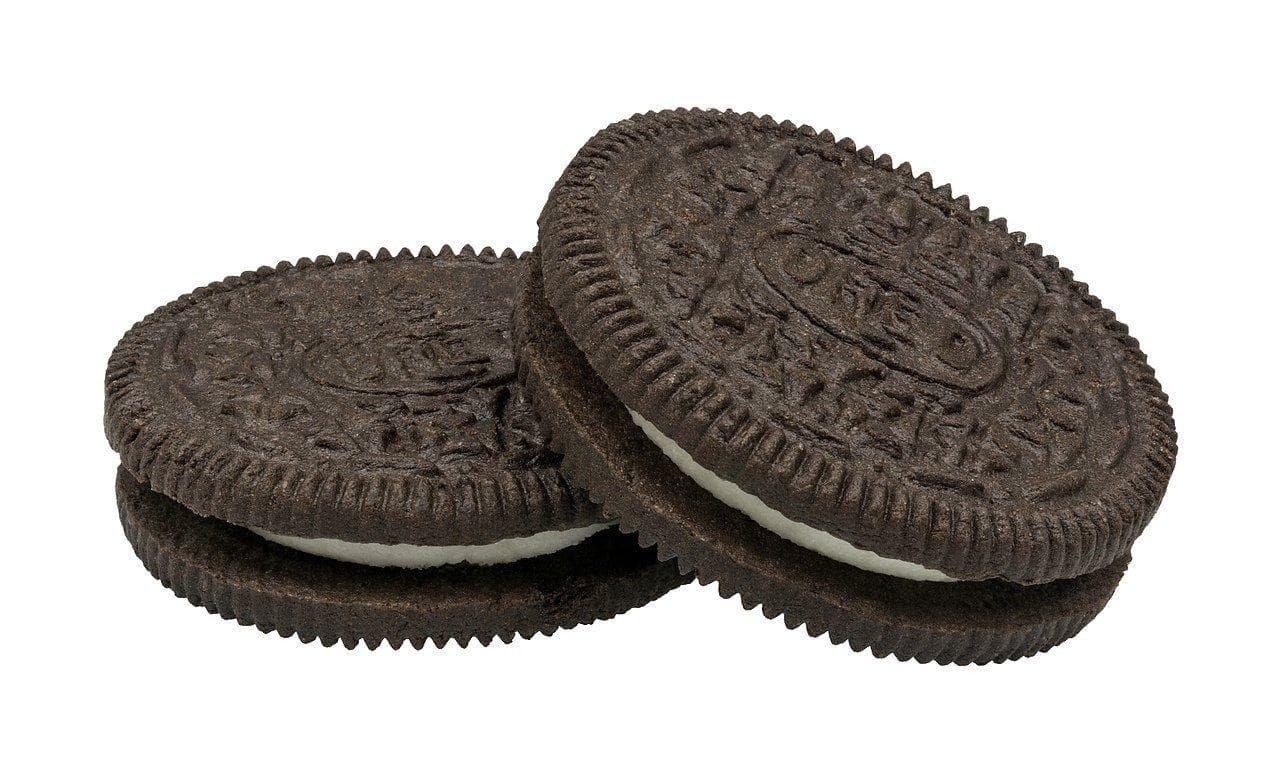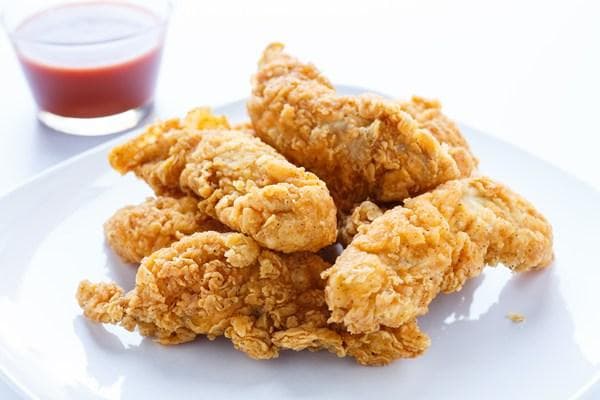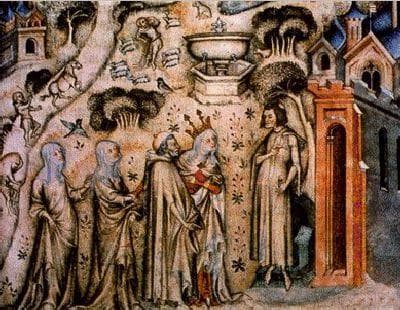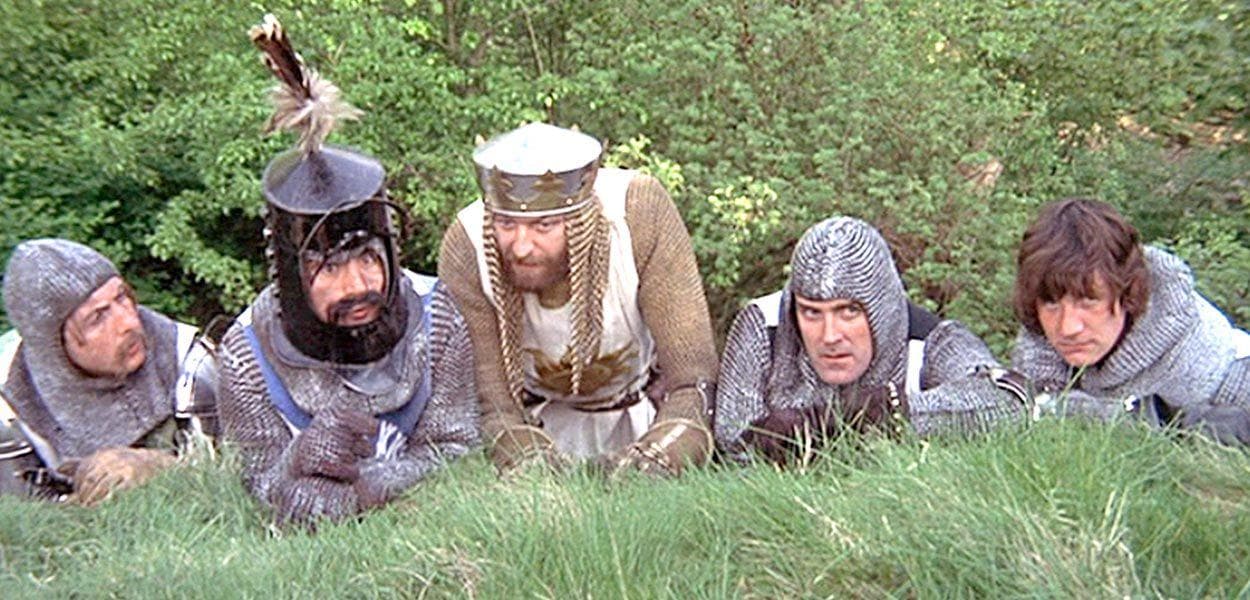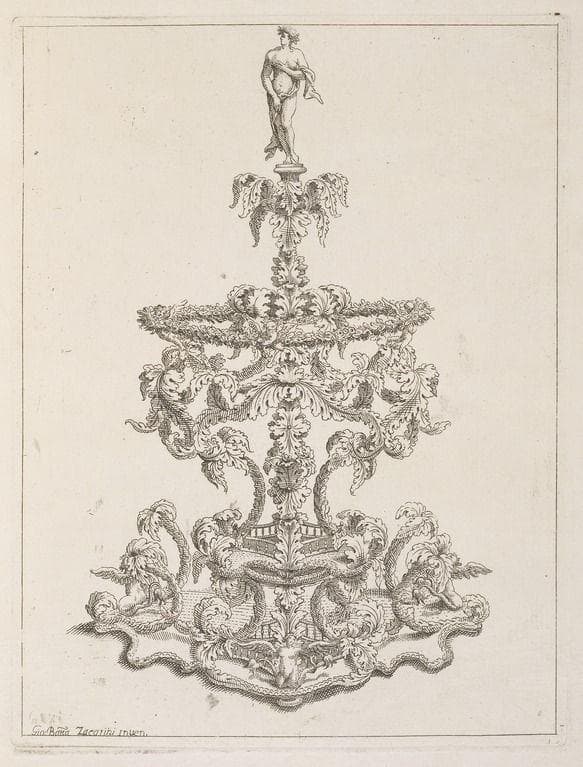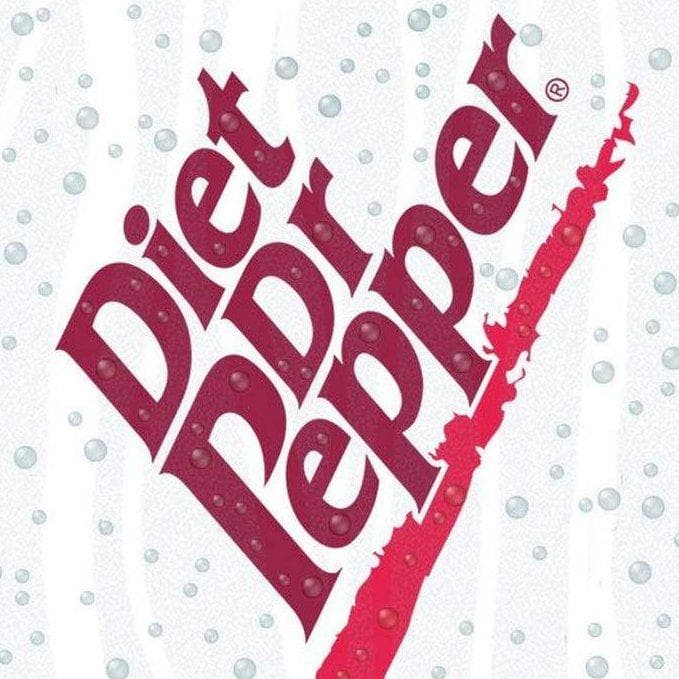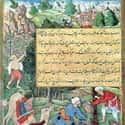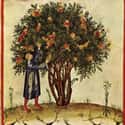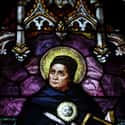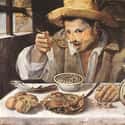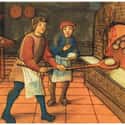-
(#1) Medieval People Used Almond Milk
It may be a trendy "alt-milk" popular among vegetarians and vegans in the 21st century, but during medieval times, almond milk was prepared for pretty practical reasons. When the Church declared a fast day, for example, people couldn't eat meat or animal milk, so cooks turned to almond or walnut "milk" as an alternative, and even used it to make butter. It was also handy because it could be stored "with no danger of degeneration," unlike animal milk, which spoils quickly. Almond milk was such a common ingredient, in fact, that all existing cookbooks from the period call for it.
-
(#2) There Was 'Fast Food' in Medieval Times
Sure, knights weren't riding their horses up to little windows and buying cheap food after a long day of jousting or anything, but there was a form of "fast food" in the Middle Ages. There weren't any Big Macs (or White Castle burgers!) to be had, but people did enjoy meat pies, hotcakes, pancakes and wafers prepared "for immediate consumption." Medieval fast food joints, like modern ones, had pretty poor reputations. Researchers at Penn State say that "the common view of them was that they were dishonest and dirty" and that some made "meat pies from tainted rabbit, geese and offal" or tried to "pass beef pasties off as venison."
-
(#3) Peasants Ate a Ton of Bread and Grains
So this is like the opposite of paleo, right? Most people in medieval Europe ate 2-3 pounds of bread and grains per day, including up to a gallon of (low-alcohol) ale. Grains such as wheat, rye, oats, and barley were boiled into porridge, made into bread, and, alas, only occasionally paired with poultry, pork, or beef (medieval folk instead ate peas, lentils, and fish to get their protein fix). For the record, 2.5 pounds of rye bread is a whopping 3,000 calories and a gallon of ale is an additional 1,500 calories... but considering that work days in the summer for a medieval peasant lasted as long as 12 hours, it was pretty easy to burn through all that bread.
-
(#4) Raw Fruit and Vegetables Were Not to Be Trusted
Eating exclusively raw food is a modern trend that would have confounded medieval folks. Researchers from The British Library Board say, in fact, "All fruit and vegetables were cooked - it was believed that raw fruit and vegetables caused disease." The Boke of Kervynge ("The Book of Carving") from 1500, for example, warned against salads and raw fruit in particular: "Beware of green sallettes and rawe fruytes for they wyll make your soverayne seke." ("Beware of green salads and raw fruits, for they will make your master sick.") Fresh herbs were fair game for medicine and cooking, but all other greenery needed the disease cooked out of it.
-
(#5) Suckling Pig Was Basically Medieval Lobster (And So Was Sow's Womb)
The stereotype of a whole roasted pig or boar as part of a medieval feast is actually historically accurate. Pigs were considered "one of the most important sources of meat and fat" in medieval Europe. One the most sought-after types of pig? The suckling pig, which is just like it sounds: it's a baby pig that was probably sucking on its momma's teat just hours before it was roasted. It was considered to be a delicacy akin to how modern folks think of lobster or veal (which is basically "suckling cow," when you think about it). Historians, in fact, say that "the meat of the suckling young in general" was "in high esteem" at the time. The momma pig was considered a delicacy, too - or at least part of her was. Historians say "sow's womb" was a delicacy that appeared in medieval cookbooks.
-
(#6) Eating Breakfast Was for Gluttons and Laborers
You might think that breakfast is the most important meal of the day, but according to medieval brainiac priest Thomas Aquinas, you're wrong and you're a big ol' glutton. Aquinas thought praepropere (eating too soon in the day) was one way to commit the deadly sin of gluttony. Breakfast, basically, was an "affront against God and the self."
The ideal meal plan in the Middle Ages was to not "break the fast," but instead skip breakfast, have a light midday dinner, and have a hearty evening supper. Some rebels had a sneaky Taco Bell-like "Third Meal" called reresoper ("rear supper") with wine and ale, too, but that was frowned upon. Laborers, apparently, ate something like breakfast, but it was literally just a small chunk of something to put in their stomachs so they didn't pass out in the fields. It wasn't exactly a full "English Breakfast."
-
(#7) People Ate Whatever Meat They Could Get Their Hands On
Meat was fairly hard to come by for peasants in medieval Europe, but even the rich weren't picky when it came to what kind of flesh they were ripping into. Records from the time indicate that people ate "starlings, vultures, gulls, herons, cormorants, swans, cranes, peacocks, capons, chickens, dogfish, porpoises, seals, whale, haddock, hedgehogs, cod, salmon, sardines, lamprey eels, crayfish, and oysters."
One day in 1467, 6,000 guests of Archbishop Neville of York went through "104 oxen, 6 wild bulls, 1,000 sheep, 304 calves, 400 swans, 2,000 geese, 1,000 capons, 2,000 pigs, 104 peacocks, over 13,500 other birds, 500 stags, bucks and roes, 1,500 venison pies, 608 pikes and breams, 12 porpoises and seals" and washed all that down with "300 caskets of ale" and "100 caskets of wine." Which wines do you think pair well with porpoise and hedgehog?
-
(#8) Birds and 'Umble Pie' Were Christmas Dinner Favorites
Christmas dinner during the medieval period wasn't that far off from what we enjoy today. They roasted a variety of birds, depending on what they could afford. The rich ate goose, woodcock, or even swan (if the king allowed it!). They were a bit fancier and richer with their seasoning of the bird: a saffron and butter rub was a popular preparation. Poor folks ate geese, too, but they would have to spend a whole day's wages to get it. Both the rich and the poor ate so-called "umble pie" (the source of the expression "eat humble pie"), which was simply the "edible entrails of a deer or other animal made into a pie" and likely came from the French word for "deer entrails," nombles. Nom nom nom!
-
(#9) Beans Changed Everything
Umberto Eco argues that when the "cultivation of legumes began to spread" in the 10th century, it was such a game-changer for Europe that the humble bean is basically to thank for Western civilization surviving and prospering throughout the Middle Ages and into today.
It's a bold statement, but Eco makes a strong case: "Working people were able to eat more protein; as a result, they became more robust, lived longer, created more children and repopulated a continent." The European population did double within a few hundred years after beans hit the scene, and Eco thinks it's because poor people were finally able to tend the fields properly.
Prior to the widespread cultivation of beans, laborers were struggling to get their protein: "...the poor, in those remote Middle Ages, did not eat meat, unless they managed to raise a few chickens or engaged in poaching (the game of the forest was the property of the lords)."
-
(#10) Baking Guilds Were Serious Business
Bread was so important to the medieval diet that commercial bakers formed powerful "guilds" that sort of functioned like a cross between a union and the mafia. Bakers that joined a guild paid dues that made them members of the exclusive club of bakers that worked in a given region (no rogue bakers allowed!). Those dues could pay off down the road if anything ever happened to your business or your family (like insurance, basically). These guilds also fiercely protected the family recipes of "master bakers" and made sure that no one was opening up bakeries using stolen secrets.
-
(#11) Desserts Were Interspersed Throughout the Meal
If you were lucky enough to get sweets in the Middle Ages, then you were likely enjoying them at a feast for the "middle class" and nobility. Unlike modern meals where dishes come in courses with one "main" dish (a 19th-century concept called service à la russe), medieval feasts featured many dishes served simultaneously with every course, with desserts interspersed throughout as a way to "pause and refresh the palate" between them. One such dessert was known as a "sotelty" (subtlety), which was an elaborate "ornamental offering" made from dough or marzipan, often depicting a thematically appropriate scene of some sort (think medieval Cake Boss, if you dare).
-
(#12) Science Shows Richard III Ate Like a Rich Dude
No big shock here: King Richard III, the last Plantagenet king of England, most likely ate like a king right up until his death in the last battle of the War of the Roses in 1485. Archeologists, geochemists, and other researchers analyzed Richard's bones in 2014 and discovered that he did, indeed, have the "high-status diet" of a "wealthy aristocrat," especially toward the end of his life. Specifically, they think he ate plenty of "fresh-water fish and wildfowl" and a lot of wine in those last few years, details that surprised no one. But it's pretty cool that they figured this out by analyzing his bones.
-
(#13) Medieval Diets Were 'Heart-Healthier' Than Modern Diets
Sure, they didn't have modern medicine on their side and they had that whole "Black Death" thing to contend with, but otherwise medieval folk had a diet that was actually better for the human heart than what most people eat today. Dr. Roger Henderson told the BBC that his research indicates that the "medieval man was at much less risk of coronary heart disease and diabetes than we are today." It's mainly due to the lack of refined sugar in the medieval diet and the heart-healthy "exercise" most people got just through their daily laboring. Dr. Henderson even says that the medieval diet is maybe a better model for modern folk than the much-celebrated "Mediterranean" diet of the Romans.
New Random Displays Display All By Ranking
About This Tool
Since the Medieval Times, people's diet has undergone tremendous changes. Looking back at the history of Europe, people in the Mediterranean region mainly relied on plant food, while in northern and central Europe, animal food was dominant. From the 5th century to the 16th century, the eating habits, cooking methods, and table manners in different regions were different, but they influenced each other.
This is a great chance to learn more about the average diet in Medieval times, the random tool displays 13 information here. If you are lucky enough to have a meal in a medieval restaurant or a Renaissance restaurant, you can discover more historical and cultural differences.
Our data comes from Ranker, If you want to participate in the ranking of items displayed on this page, please click here.

